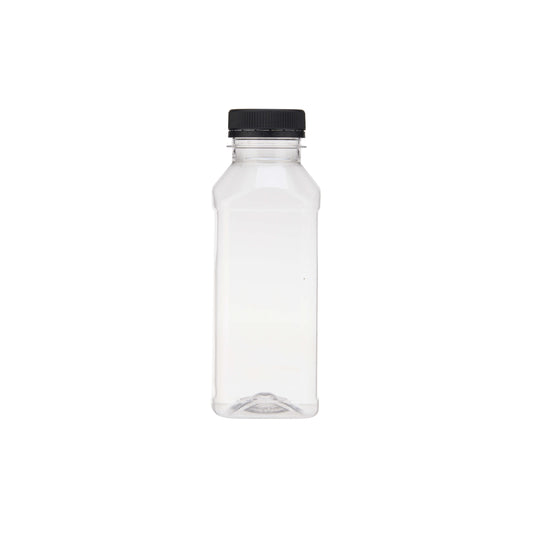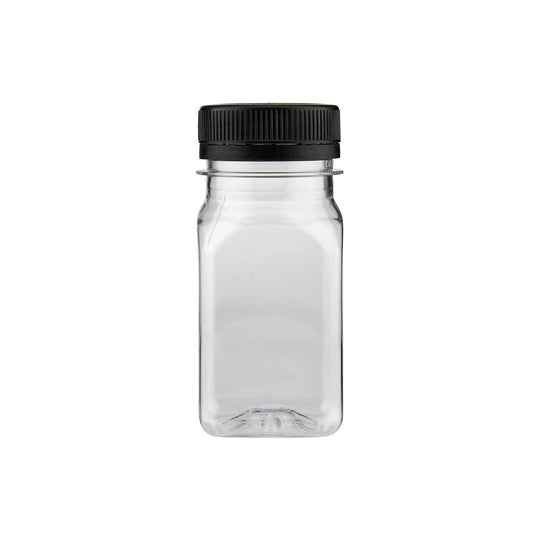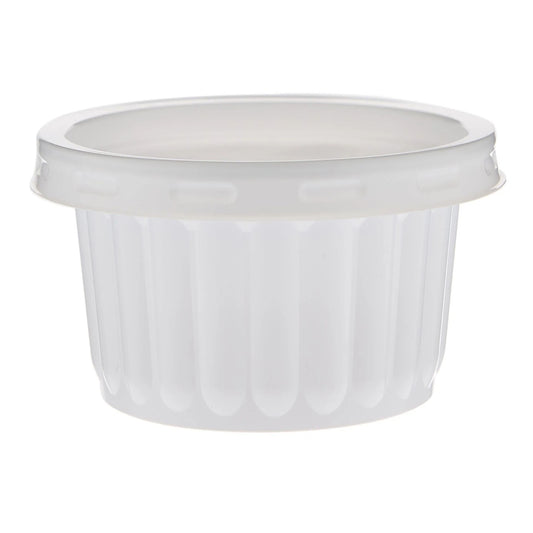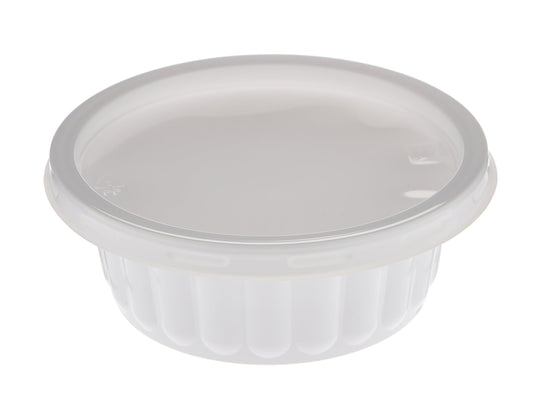Frozen Food Packaging Challenges & Eco-Conscious Options.

In the dynamic culinary landscape of Oman, where tradition intertwines seamlessly with modern convenience, frozen foods have emerged as a culinary cornerstone. From traditional dishes to contemporary creations, frozen foods cater to the diverse tastes of both home chefs and food business owners. This blog aims to shed light on the pivotal role of packaging in the frozen food realm, exploring the challenges it presents and advocating for eco-friendly food packaging solutions that resonate with Oman’s commitment to sustainability.
What All Comes Under Frozen Food?
The frozen food category is expansive, encompassing a broad spectrum of products. From fruits and vegetables to ready-to-cook meats, seafood, and delectable desserts, freezing serves as a preservation method that allows consumers to enjoy a variety of dishes regardless of seasonal constraints. This diversity in frozen offerings underscores the need for versatile and effective packaging solutions to maintain the quality and appeal of these products.
Why Packaging for Frozen Food is Important?
Packaging stands as the silent guardian ensuring the integrity of frozen foods. It serves as a shield against external elements, such as air and moisture, safeguarding against freezer burn and preserving the taste and texture of the food. Beyond the preservation aspect, proper packaging also plays a pivotal role in ensuring that frozen products reach consumers in optimal condition, contributing to the reduction of food wastage and promoting a sustainable approach to food distribution.
What are the Challenges in Frozen Food Packaging?
While packaging is indispensable for maintaining the quality of frozen foods, it introduces its own set of challenges, particularly concerning sustainability. Traditional packaging materials often contribute to environmental degradation, generating long-lasting waste that lingers in landfills. The urgency for eco-friendly alternatives has never been more apparent, prompting a collective shift towards packaging solutions that align with environmental consciousness.
Eco-Friendly Packaging for Frozen Foods: Benefits
The adoption of eco-friendly packaging for frozen foods heralds a multitude of benefits for both businesses and the environment. Primarily, sustainable food packaging aligns with the growing consumer preference for sustainable practices, enhancing brand reputation and fostering customer loyalty. Moreover, this transition to eco-friendly food packaging aids in reducing the overall carbon footprint associated with packaging production and disposal, contributing to a more environmentally responsible food industry. Eco-friendly food packaging materials, often recyclable or biodegradable, exemplify a commitment to minimizing the environmental impact of packaging.
Best Eco-friendly Solutions for Frozen Food Packaging
In response to the challenges posed by traditional packaging methods, businesses and home chefs are exploring innovative and sustainable alternatives for packaging frozen foods. Consider the following eco-friendly packaging for frozen food:
Black Base Containers (PP): Polypropylene (PP) containers, featuring black bases, not only offer a visually striking presentation but also provide excellent insulation, effectively preserving the temperature of frozen foods.
Aluminum Foil: Recognized for its recyclability, aluminum foil emerges as a versatile option for frozen food packaging. Its robust properties create a formidable barrier against light, oxygen, and moisture, ensuring the prolonged freshness of the products.
PET Cups and Bottles: Polyethylene terephthalate (PET), widely recognized for its recyclability, proves ideal for packaging frozen beverages and desserts. The durability and clarity of PET make it an attractive choice for showcasing the contents of the packaging.
Salad Bowls (PET): PET salad bowls, tailored for frozen salads and vegetable-based dishes, provide a transparent and visually appealing packaging solution. Their composition aligns with eco-friendly practices while enhancing the overall presentation of the product.
Ice Cream Bowls (PET): In the realm of frozen desserts, PET ice cream bowls emerge as a sustainable alternative. Their lightweight nature, coupled with durability, contributes to an eco-friendly packaging approach for frozen treats.
Aluminum Containers: Robust and recyclable, aluminum containers offer a versatile packaging solution for various frozen food items. Their strength and stackability make them a practical choice for both businesses and consumers.
Hotpack is Here to Help You Out
If you are seeking top-tier eco-friendly food packaging products for your frozen delights in Oman, Hotpack stands out as your go-to solution. With over 28 years of industry expertise, Hotpack is a trailblazing food packaging manufacturing company dedicated to sustainability. Our extensive range of eco-friendly packaging products ensures that your frozen foods not only maintain their quality effectively but also contribute to a greener future.
Explore our comprehensive selection of eco-friendly packaging solutions conveniently through our web store https://hotpack.om/. By choosing Hotpack, you are not just investing in quality packaging; you are making a conscious choice to support sustainable practices and reduce your environmental footprint. In the Sultanate of Oman, where the scent of tradition mingles with the freshness of innovation, let eco-friendly packaging be the common ground where the essence of the past meets the promise of a sustainable future!
Frequently Asked Questions (FAQs)
Q1: What sets packaging for frozen food apart from other types of packaging?
Packaging for frozen food demands materials that can endure low temperatures and serve as an effective barrier against moisture and air. This ensures the preservation of the food's quality during freezing and transportation, a crucial aspect that distinguishes it from other packaging types.
Q2: How can adopting eco-friendly packaging benefit my business?
Embracing eco-friendly packaging can positively impact your business in several ways. It enhances your brand's reputation, attracts environmentally conscious customers, and contributes to the reduction of your carbon footprint. Over time, these factors can lead to increased customer loyalty and a stronger market position.
Q3: Are eco-friendly packaging materials more expensive than traditional ones?
While some eco-friendly materials may have a slightly higher initial cost, the long-term benefits, including enhanced brand reputation and reduced environmental impact, often outweigh the upfront expenses. Additionally, as sustainable practices become more widespread, the costs of eco-friendly materials may decrease.
Q4: Can all types of eco-friendly packaging be recycled?
The recyclability of eco-friendly packaging depends on the specific material. It's crucial to check local recycling guidelines and choose packaging labeled as recyclable or compostable. Many eco-friendly materials are designed with recyclability in mind, contributing to a circular and sustainable economy.
Q5: How can I conveniently order eco-friendly packaging products from Hotpack in Oman?
Ordering eco-friendly packaging products from Hotpack in Oman is a seamless process. Explore our extensive range on our web store https://hotpack.om/, where you can browse through the eco-friendly options available. Place your order online to experience a streamlined and sustainable packaging solution for your frozen foods.



